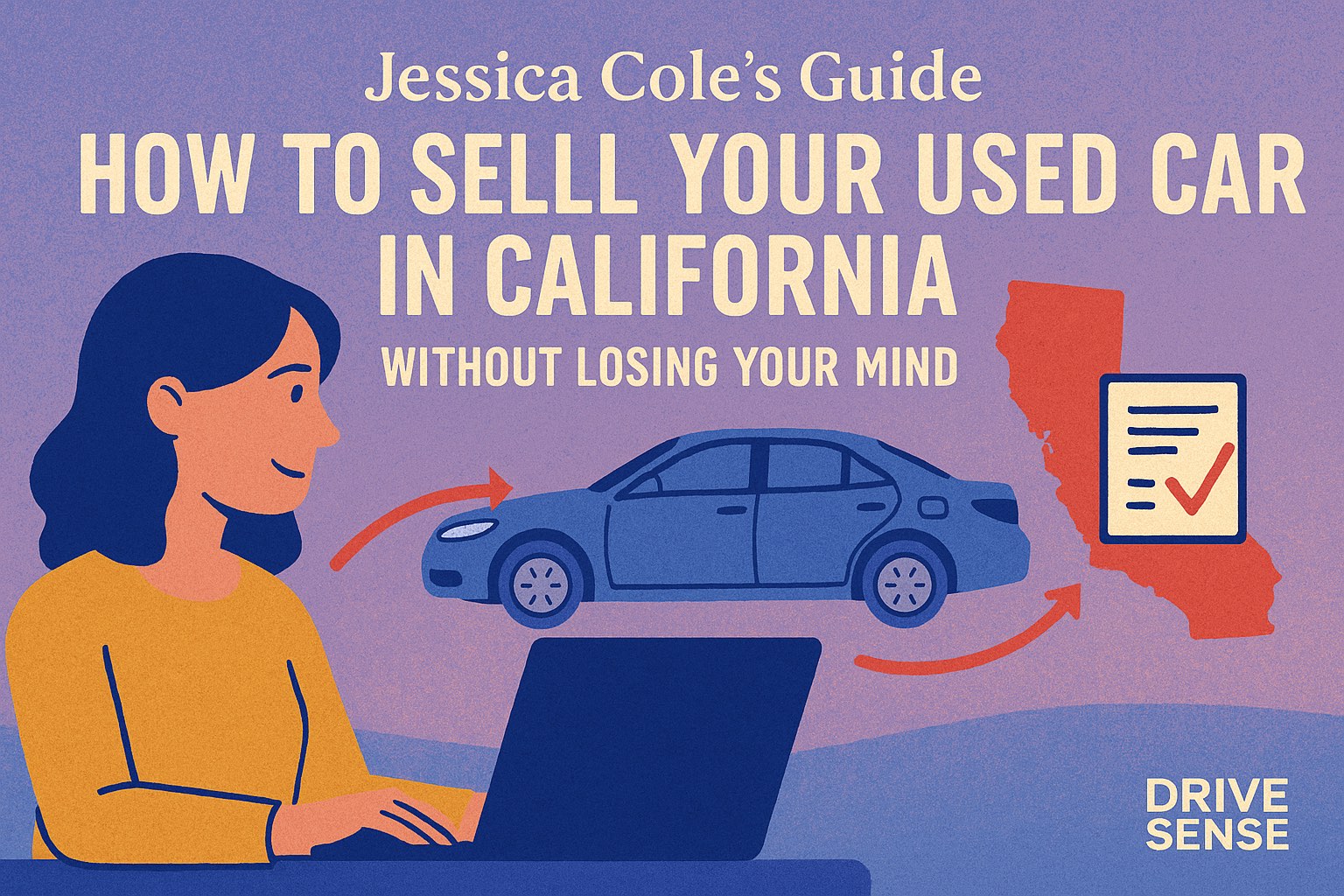Rolling Up to the Curb: The Realities of Selling Your Used Car in California
There’s a certain romance to letting go of a car in California. Maybe it’s the golden light glinting off the hood as you snap those first for-sale photos, or the faint whiff of sunscreen and ocean air that clings to seatbelts after years of Pacific Coast drives. But, as anyone in LA traffic can tell you, selling a used car here isn’t just about handing over keys and waving goodbye. It’s a dance with paperwork, smog checks, and a parade of would-be buyers who show up late—or not at all.
Setting the Stage: Prepping Your Ride for Its Next Star Turn
Before you write your ad or even text your cousin about that ‘02 Civic, give your car a real look-over. Buyers in California are sharp—maybe it’s all those years on the 405, but people here notice every swirl mark and mysterious dash light. Start with a proper wash and vacuum; you’d be surprised how much more appealing your car feels when the cup holders aren’t sticky and the trunk isn’t hiding last summer’s beach sand. If you’re feeling generous (or just want a higher price), invest in a basic detail. Nothing too fancy—just enough so that the steering wheel doesn’t leave your hands smelling like old fries.
The Paper Chase: Titles, Smog Checks, and Other Musts
Selling in California means playing by some strict DMV rules. First up: you need your title (the “pink slip”), signed by all owners listed. Lost it? Don’t panic—just request a replacement from the DMV, but be ready for some waiting-room limbo. Next, California law requires a valid smog certificate for most gasoline vehicles less than four model years old (there are exceptions for hybrids, electric cars, motorcycles, and older classics). Smog checks are good for 90 days, so time it right—nothing sours a deal faster than expired paperwork.
Pricing That Doesn’t Get You Ghosted
Setting your price is part art, part science—and part gut check. Sites like Kelley Blue Book (kbb.com), Edmunds, or even Craigslist give you a sense of what similar cars fetch in your zip code. In LA, convertibles get a premium in spring while crossovers seem to sell themselves year-round. Factor in mileage (most Californians drive more than the national average), accident history, and little extras like newer tires or recent service. Be realistic: pricing $1,000 above everyone else won’t lure serious buyers; it’ll just mean more time answering “still available?” texts at midnight.
Selling It Yourself vs. Letting Someone Else Do the Heavy Lifting
You can sell privately—think direct cash, possibly higher returns—or trade into a dealer for speed and convenience (but expect lower offers). There’s also CarMax and online options like Carvana or Vroom: they make fast offers based on digital appraisals and will sometimes pick up your car right from your driveway. Still, private sales usually net more money if you’re patient and comfortable meeting strangers in supermarket parking lots (bring a friend if possible—safety matters).
The Art of the Listing: Photos that Pop and Words that Sell
Scroll through any local classifieds and you’ll see why some cars sit unsold for months: blurry photos shot at dusk, ads with “runs good” as their only selling point. Take photos with plenty of daylight—California sunsets work magic on paint colors—and show off any unique features (the factory sunroof still works? Flaunt it). Be honest about flaws; small chips or faded plastic aren’t deal-breakers if you call them out upfront. Write an ad that tells a story—mention regular oil changes or how this was your trusty road trip partner to Joshua Tree.
Test Drives: When Strangers Slide Behind Your Wheel
There’s always an awkward moment when someone else takes your keys—the subtle tension as they adjust your seat and fiddle with Bluetooth settings. For safety, meet in public places (some police stations even offer designated safe exchange spots). Ask to see a valid driver’s license before handing over keys; trust me, most buyers expect this. Ride along if possible—it lets you answer questions (“that rattle is just the loose change under the seat”) and keeps things above board.
Negotiating Without Losing Your Cool
Bargaining is part of car culture here—it starts with lowball texts (“$4k cash today?”) and can end with surprisingly friendly handshakes if everyone stays chill. Know your bottom line ahead of time; don’t get flustered if someone points out every ding. A little patience goes far—a well-priced car usually finds its new owner without drama.
The Home Stretch: Bill of Sale, Release of Liability, and Getting Paid
Once you’ve agreed on price, fill out a bill of sale—there are templates online or use the DMV form (REG 135). Both buyer and seller sign the title; make sure odometer readings match reality. Immediately file a Notice of Transfer and Release of Liability online with the California DMV (dmv.ca.gov)—this protects you from tickets or tolls run up by the new owner before they register it in their name.
Cash or cashier’s check are safest for payment; avoid personal checks unless you’re okay waiting until they clear. Venmo or Zelle work sometimes—but double-check limits and never release your car until funds are truly received.
Parting Thoughts from an LA Driveway
Watching someone else steer away in what was once your daily companion stirs up more than expected—a cocktail of relief, nostalgia, maybe even pride at closing the deal yourself without dealer middlemen skimming off hundreds. The process takes effort: paperwork shuffles, minor repairs, awkward meetups at gas stations as traffic buzzes around you. But there’s something satisfying about getting it done right—and maybe using that cash for your next adventure on four wheels under California skies.
